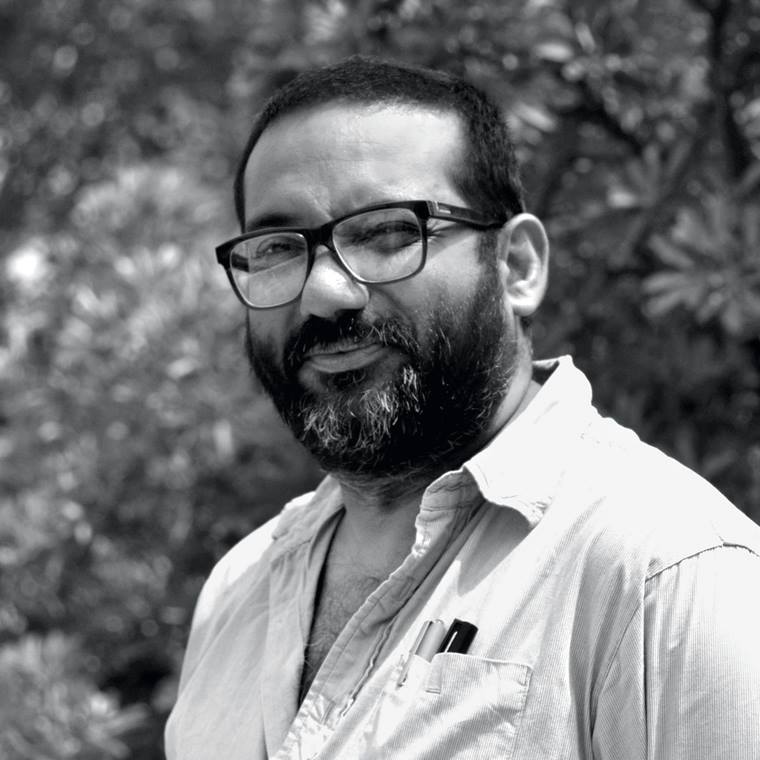Ram Kumar was born on 23 September 1924 in Shimla, Punjab, British India. He was one of the greatest artists of Indian abstract art. He was associated with the Progressive Artists’ Group along with some greats like F.N. Souza, S.H. Raza, M.F. Husain, and Tyeb Mehta. He was one of the first Indian artists to give up figurative to abstract art.
Early life and education
Ram Kumar was born in Shimla in a large joint family with eight brothers and sisters. His father was working in the Civil and Administrative Division of the British government in Patiala, Punjab. In 1945, while pursuing MA in economics he got a chance to visit an exhibition around Connaught Place. There he got the inspiration to become an artist, one day.
He started taking classes in Sharda Ukil School of Art under Sailoz Mukherjee and gave up his job in bank 1948 to pursue art. Sailoz Mukherjee was a painter from the Shantiniketan School and he helped him to paint still life and live models. He met S.H. Raza in an exhibition, which leads to the foundation of their friendship. This friendship helped him to keep him associated with the Progressive Artist Group.
Ram Kumar convinced his father to pay for his one-way ticket to Paris, so that he can study under Andre Lhote and Fernand Leger. He joined the French Communist Party after being attracted to the pacificist peace movement. Later, M.F. Husain another member of the Progressive artist group befriended him.
Career
Ram Kumar is famous for the abstract landscapes in oil or acrylic color. In 1958, he had participated in Venice Biennale exhibitions as well as many others exhibitions in India. He participated in the Festival of India shows in USSR and Japan in 187 and 1988 respectively.
One of his latest solo exhibitions was in Delhi, 2008. He is a god writer also, and eight collections of his works have been published along with two novels and a travelogue.
His initial works show concern towards the human condition, consequently, we see the alienated individuals in the city of his paintings. Later in his works, he showcased the hopelessness and via dilapidated and cramped houses. His sweeping strokes execution in the painting show the turbulent and violent behaviors of human nature.
As the market of Indian art is growing, Ram Kumar is getting more recognition. Consequently, his work ‘The Vagabond’ sold in Christie’s at $1.1 million.
He received John D. Rockefeller III Fellowship, New York, 1970, Premchand Puraskar, Government of Uttar Pradesh, 1972, Padma Shri in 1972, Kalidas Samman, Government of Madhya Pradesh, 1986, Officers Arts et Letters, Government of France, 2003, Lifetime Achievement Award, Government of Delhi, 2010 and Padma Bhushan in 2010, and Fellowship of the Lalit Kala Akademi, 2011. His various works have been charts in the Lal Bhi Udhaas Ho Sakta hai, a documentary feature release in 2015 directed by Amit Dutta and produced by the Government of India’s Film Division.

Vikash Kalra is a self-taught artist and writer based in New Delhi whose work has been exhibited across India and is held in several private and corporate collections.